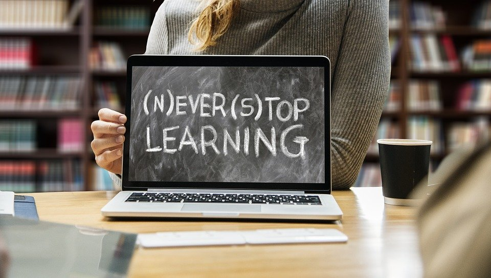I recently spoke to a group of MBA students at Ashridge’s Hult Business School about Diversity and Inclusion. I was struck by the students’ understanding of issues and endorsement of the premise. Here are some of the insightful questions I was asked about D&I as well as Voice At The Table:
- Your work seems quite varied. How do you decide when it’s a diversity-related challenge rather than a broader leadership or staff engagement issue?
The primary focus of my work is on inclusive behaviours. These are the skills and traits that make us appreciate, value and welcome different opinions and views. The common denominator to all these behaviours is highly developed Emotional Intelligence. Improved self-awareness helps us to better regulate our thoughts and behaviours and mitigate some of our biases. Understanding what motivates our thinking and actions helps us to empathise with others, recognise their needs and how they’re feeling.
So, whenever a challenge involves an opportunity to improve EQ, I never turn it down.
- How diverse is your own team?
One observant student challenged me on the diversity of my own team. I congratulated him on looking up the team on the website and on raising it. I then explained that, when I set up Voice At The Table, the focus of my work was primarily to support women’s career progression. This, naturally, attracted other like-minded individuals to my business, most of whom were white women with professional backgrounds and relatively established careers. When I recognised this myself, I actively started to look for more diverse team members. As a result, my team is now more diverse, although it’s not fully balanced yet. I recognise that the challenges I face in attracting and retaining a broader variety of colleagues are the same challenges that my clients face. This helps me relate to them. I know that they too are actively trying to address the imbalance. We are all work in progress.
- How do you address diversity more globally?
Diversity and Inclusion does not lend itself to a one-size-fits-all approach. In addition to cultural differences, some legal systems do not permit us to be as advanced with our thinking as we would like to be. For this reason, I believe it’s important to verbalise a D&I ambition for the whole company, but implement the strategy in a way that is most appropriate for each individual market. It’s not that different from our own jurisdiction: in the UK companies are on different parts of the diversity journey. I simply meet them wherever they are and help them to the next step. Similarly, on a larger scale, we define our overall diversity destination and then take the necessary steps towards that destination that are suitable for the specific market.
- What is the most important diversity that a company should try to attract and retain?
If we simplify matters and look at the world as split by men and women, then we’re looking at a 50-50 gender population. One half of that equation is much better represented in businesses than the other. I would (and have) therefore start with gender, bearing in mind (1) that covers a host of other minority streams and (2) efforts to address gender balance will likely also address other diversity imbalances.
- Can you have Diversity without Inclusion and vice versa?
The simple answer is yes, you can, but as a business, you’re unlikely to benefit from diversity of thought if you don’t have both.
My interaction with these MBA students (who asked many more questions) indicates to me that the seeds we’re all sowing are starting to sprout saplings. Realising that is enormously satisfying.
Click here to go back to the newsletter.


